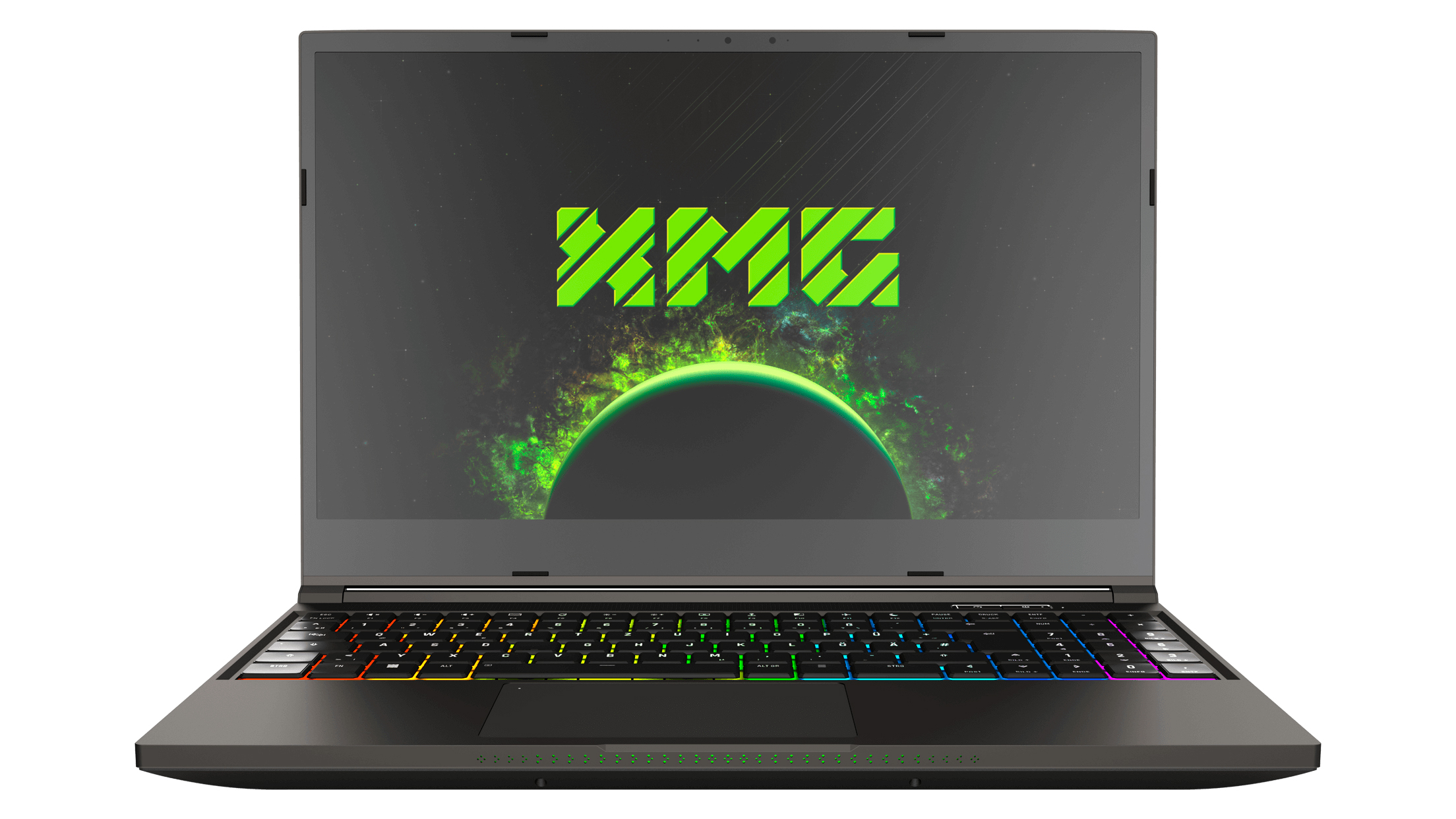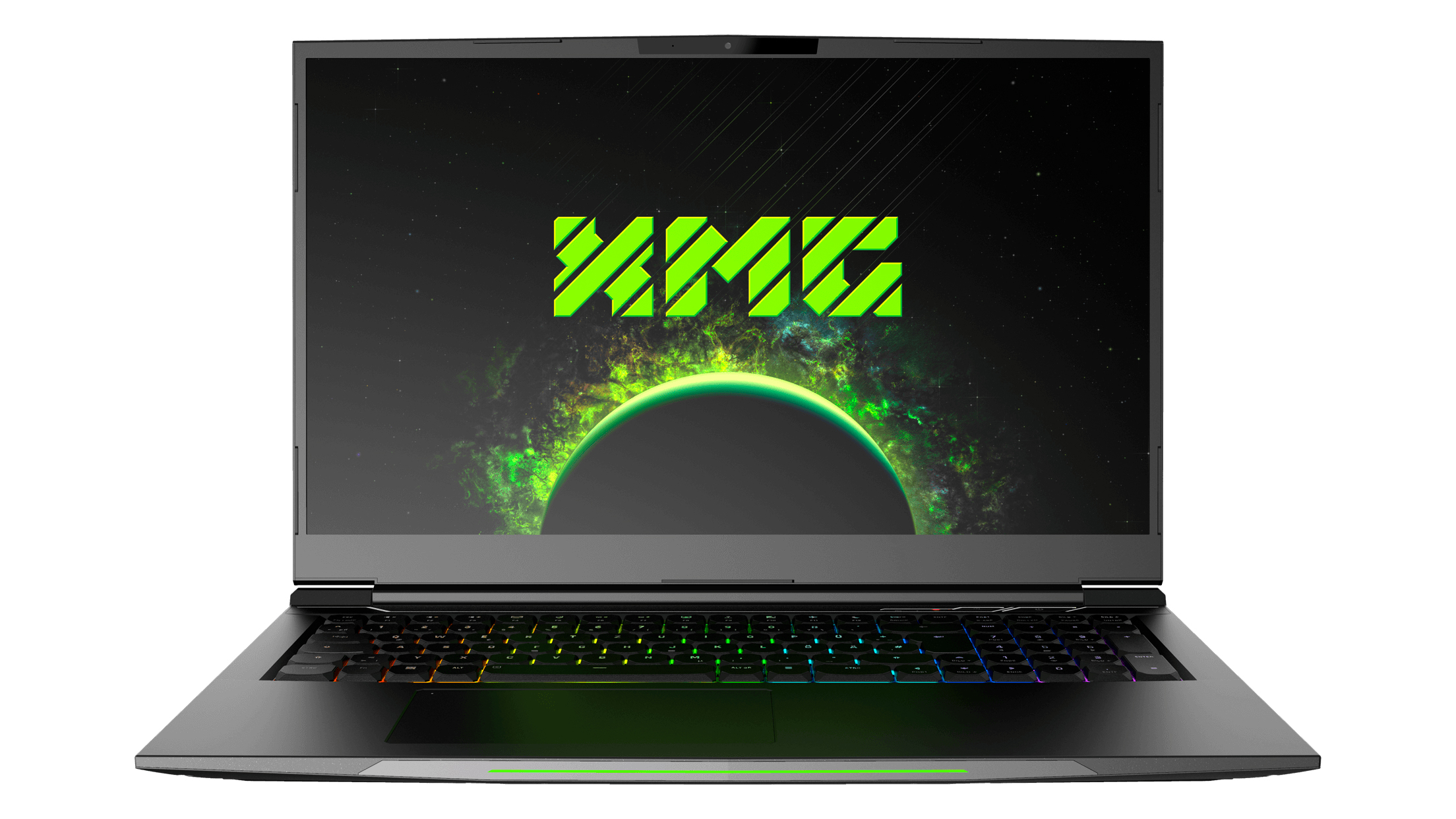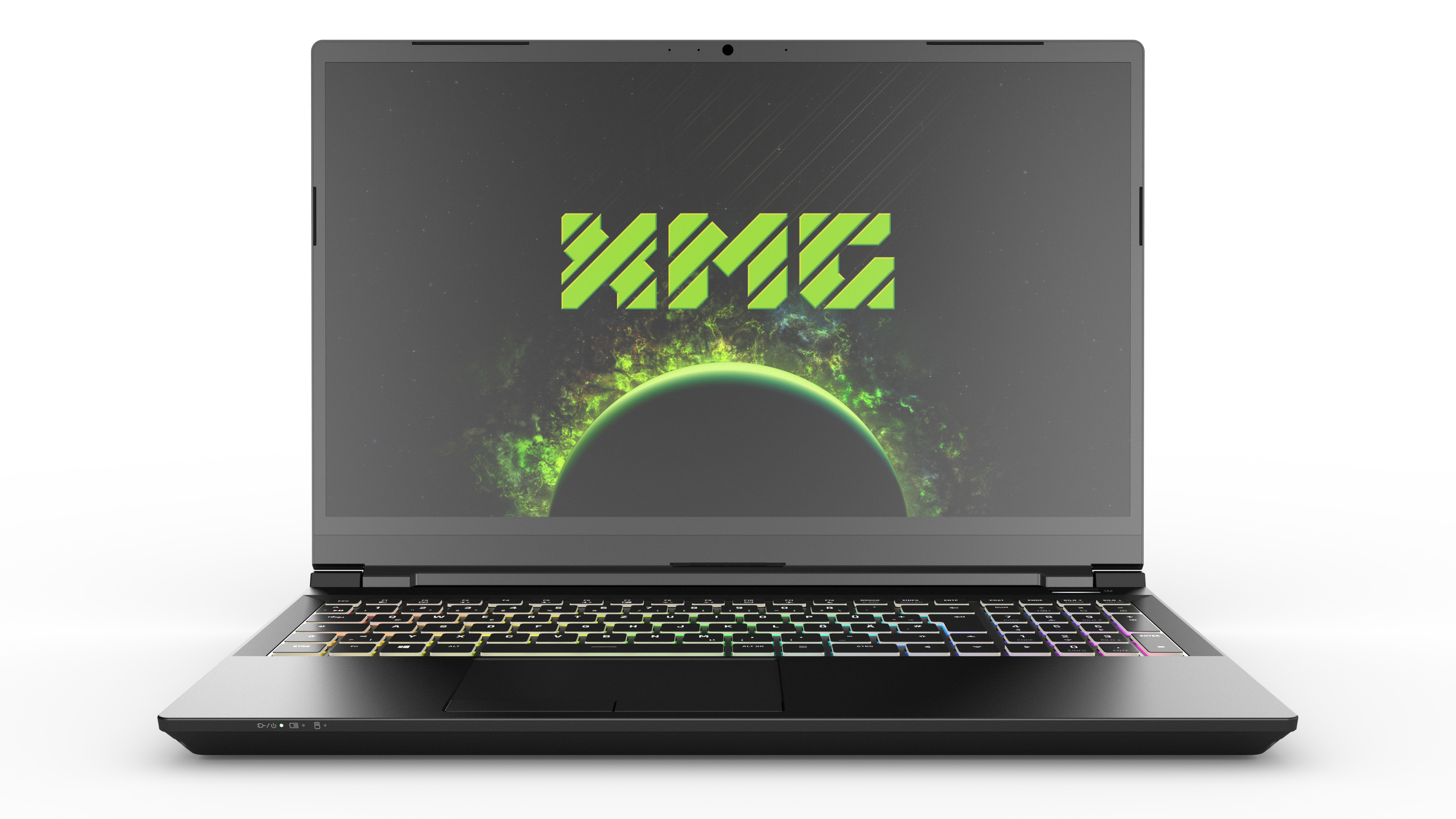Ryzen 5000, GeForce RTX 3000 Empower XMG Gaming Laptops
German manufacturer Schenker has taken the opportunity to revitalize its gaming laptops with the latest AMD Ryzen 5000 (Cezanne) processors and Nvidia GeForce RTX 3000 (Ampere) mobile graphics cards. The two represent a lethal combination that could bring desktop-like performance to mobile devices, such as Schenker's XMG Neo and XMG Pro gaming laptops.
The refreshed XMG Neo (E21) and XMG Pro (E21) gaming laptops not only arrive with more powerful hardware, but they also feature a revamped cooling system for improved heat management. The new iterations will go up for pre-order at the end of January. Schenker expects to deliver the XMG Pro by the end of February and the XMG Neo by the end of February.
XMG Neo: The Ultimate Gaming Experience


The XMG Neo 15 and Neo 17, which previously used Intel chips, now leverage AMD's core-heavy Ryzen 5000 processors. The top models will exclusively feature the Ryzen 9 5900H that wields eight Zen 3 cores at 3.3 GHz with a boost clock speed up to 4.6 GHz. The other processor option comes in the shape of the Ryzen 7 5800H. Both processors will have ample room to stretch their legs since Schenker has enabled a maximum configurable TDP up to 54W.
In regards to graphics, the XMG Neo 15 and Neo 17 will be available with the GeForce RTX 3080, RTX 3070 or RTX 3060, each bringing 16GB, 8GB and 6GB of GDDR6 memory, respectively, to the table. Schenker will use the Max-P variants of the RTX 3080 (135W) , RTX 3070 (125W) and RTX 3060 (115W) with an additional dynamic boost up to 15W.
The XMG Neo15 checks in at 359.8 x 243 x 26mm and 2.1kg, while the XMG Neo 17 measures 395.7 x 260.8 x 27.45mm and weights 2.5kg. Both devices employ a new heatpipe layout and a more powerful cooling fan. In terms of display choice, Schenkers lets customers pick between a Full HD (1920 x 1080) IPS panel with a 240 Hz refresh rate or a WQHD (2560 x 1440) IPS panel with a 165 Hz refresh rate and a sRGB color space coverage up to 95%.
The base configuration for the XMG Neo 15 and XMG Neo 17 consists of a Ryzen 7 5800H, GeForce RTX 3060 Max-P, 16GB of DDR4-3200 memory, a Samsung 970 Evo Plus SSD and a WQHD display. The prices for the XMG Neo 15 and XMG Neo 17 start at $2,065 and $2,126, respectively, which includes 19% tax.
| Header Cell - Column 0 | XMG Neo 15 | XMG Neo 17 |
|---|---|---|
| Processor | Ryzen 9 5900H, Ryzen 7 5800H | Ryzen 9 5900H, Ryzen 7 5800H |
| Graphics | RTX 3080, RTX 3070, RTX 3060 | RTX 3080, RTX 3070, RTX 3060 |
| Memory | 2 x SO-DIMM, 64GB Max | 2 x SO-DIMM, 64GB Max |
| Storage | 2 x M.2 2280 | 2 x M.2 2280 |
| Display | 15.6-inch IPS: 1920 x 1080 @ 240 Hz or 2560 x 1440 @ 165 Hz | 17.3-inch IPS: 1920 x 1080 @ 240 Hz or 2560 x 1440 @ 165 Hz |
| Networking | Wi-Fi 6, Bluetooth 5 | Wi-Fi 6, Bluetooth 5 |
| Ports | 1 x USB-C 3.2 Gen 2, 1 x USB-A 3.2 Gen 2, 2 x USB-A 3.2 Gen 1 | 1 x USB-C 3.2 Gen 2, 1 x USB-A 3.2 Gen 2, 2 x USB-A 3.2 Gen 1 |
| Battery | 93 Wh | 62 Wh |
| Power Adapter | 230W | 230W |
| Dimensions | 359.8 x 243 x 26 mm (W x D x H) | 395.7 x 260.8 x 27.45 mm (W x D x H) |
| Weight | 2.1 kg | 2.5 kg |
XMG Pro: Mobility And Performance In The Same Package


Unlike the XMG Neo, the XMG Pro models is tailored to consumers that prioritize mobility without sacrificing performance. The XMG Pro 15 flaunts dimensions of 357.5 x 238 x 19.8mm with a weight under 2kg, while the XMG Pro 17 has a 395.9 x 264.95 x 19.9mm footprint and weighs 2.3kg. The redesigned versions are substantially more svelte and lighter than their antecessors.
Get Tom's Hardware's best news and in-depth reviews, straight to your inbox.
Given their size, the XMG Pro 15 and XMG Pro 17 are outfitted with the Max-Q versions of the GeForce RTX 3080 and RTX 3070. Both graphics card adhere to a 90W TDP, but still have a 15W margin for dynamic boost. Unfortunately, both devices will still utilize Intel's Core i7-10870H (Comet Lake) processor. The Core i7-10870H is an eight-core, 16-thread chip that sports a 2.2 GHz base clock and 5 GHz boost clock.
The display options for the XMG Pro 15 include an UHD (3840 x 2160) OLED panel with a maximum brightness of 400 nits and a 100% sRGB and DCI-P3 color space coverage or a Full HD (1920 x 1080) IPS panel. In the case of the latter, one comes with a 144 Hz refresh rate and G-Sync support, while the other flaunts a 300 Hz refresh rate. The XMG Pro 17, on the other hand, is available with a UHD IPS panel with a 100% coverage of the extended Adobe RGB color space or the Full HD IPS panel with a 300 Hz refresh rate.
The XMG Pro 15 and XMG Pro 17 permit up to two M.2 SSDs that can be configured in a RAID 0 or RAID 1 array. There are also two SO-DIMM memory slots for a maximum up to 64GB of DDR4-3200 memory.
Schenker recommends a base configuration that includes the Core i7-10870H, GeForce RTX 3070 Max-Q and the Full HD IPS display with the 300 Hz refresh rate. The XMG Pro 15 starts at $2,373, while the XMG Pro 17 at $2,407, both with VAT included.
| Header Cell - Column 0 | XMG Pro 15 | XMG Pro 17 |
|---|---|---|
| Processor | Core i7-10870H | Core i7-10870H |
| Graphics | RTX 3080 Max-Q, RTX 3070 Max-Q | RTX 3080 Max-Q, RTX 3070 Max-Q |
| Memory | 2 x SO-DIMM, 64GB Max | 2 x SO-DIMM, 64GB Max |
| Storage | 2 x M.2 2280 | 2 x M.2 2280 |
| Display | 15.6-inch IPS: 1920 x 1080 @ 144 Hz or 300 Hz, 15.6-inch OLED: 3840 x 2160 @ 60 Hz | 17.3-inch IPS: 1920 x 1080 @ 300 Hz or 3840 x 2160 @ 60 Hz |
| Networking | Wi-Fi 6, Bluetooth 5 | Wi-Fi 6, Bluetooth 5 |
| Ports | 1 x Thunderbolt 3/USB-C 3.2 Gen 2, 3 x USB-A 3.2 Gen 1 | 1 x Thunderbolt 3/USB-C 3.2 Gen 2, 3 x USB-A 3.2 Gen 1 |
| Battery | 73 Wh | 73 Wh |
| Power Adapter | 180W | 180W |
| Dimensions | 357.5 x 238 x 19.8 mm (W x D x H) | 395.9 x 264.95 x 19.9 mm (W x D x H) |
| Weight | 1.99 kg | 2.3 kg |

Zhiye Liu is a news editor, memory reviewer, and SSD tester at Tom’s Hardware. Although he loves everything that’s hardware, he has a soft spot for CPUs, GPUs, and RAM.